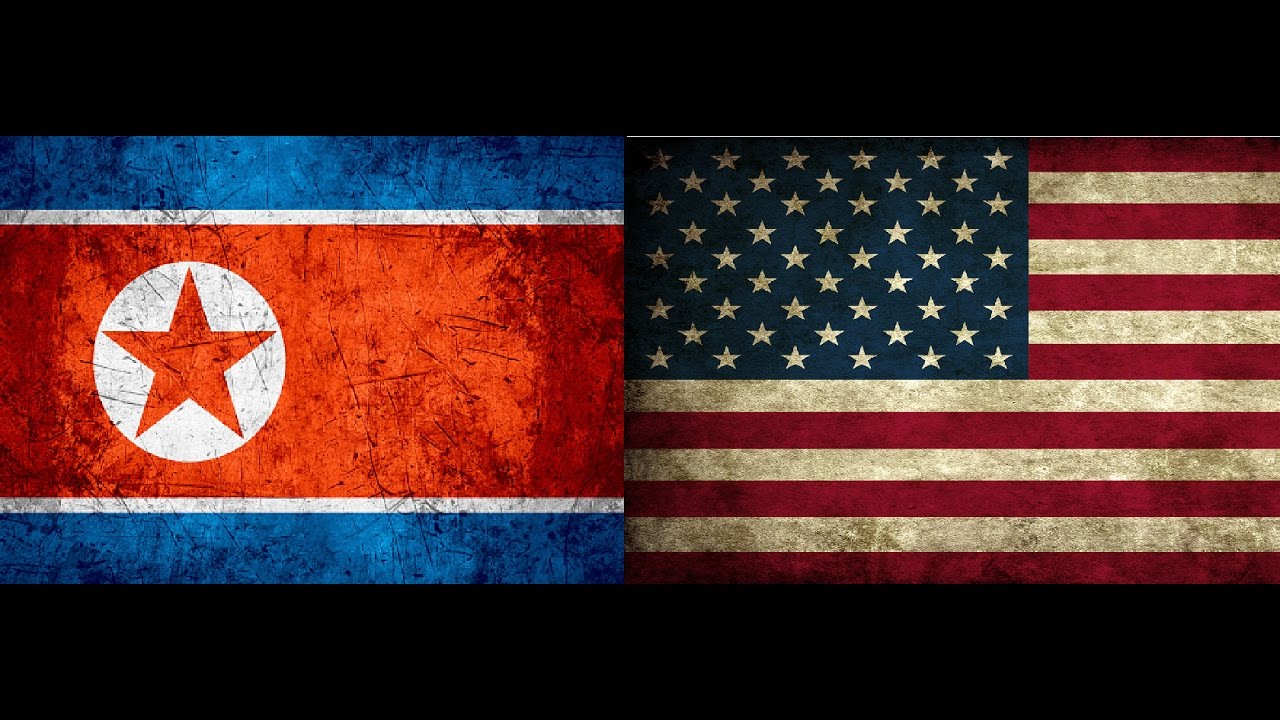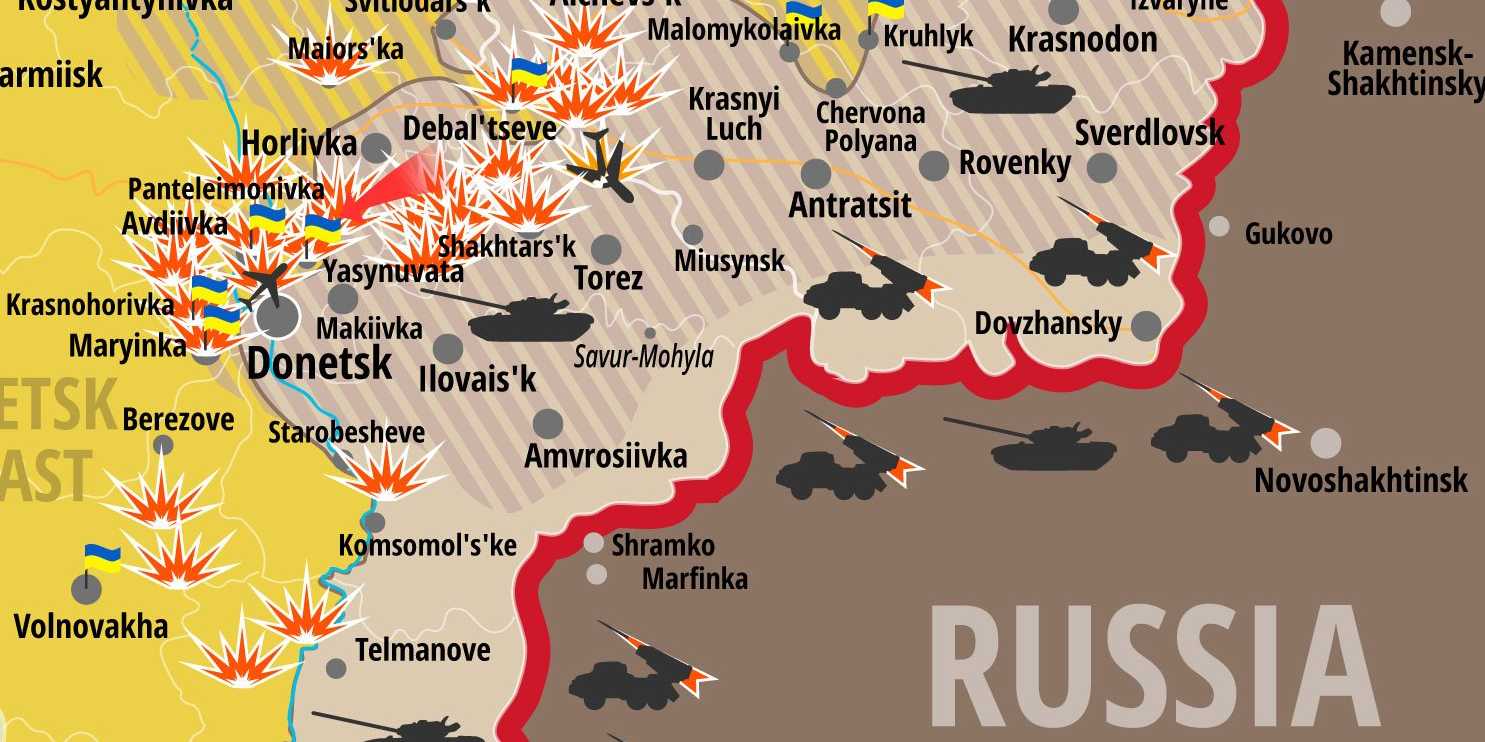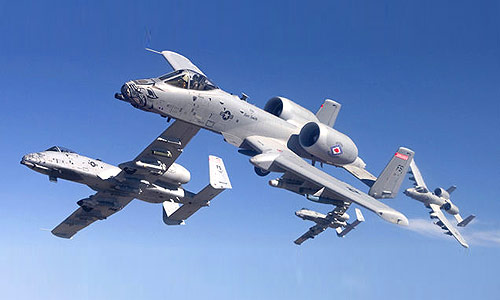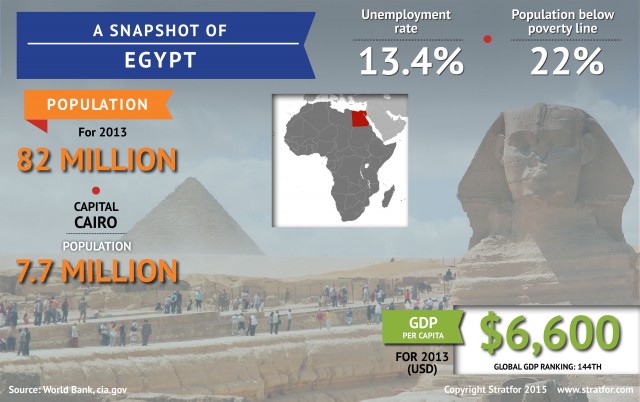The Current Situation:
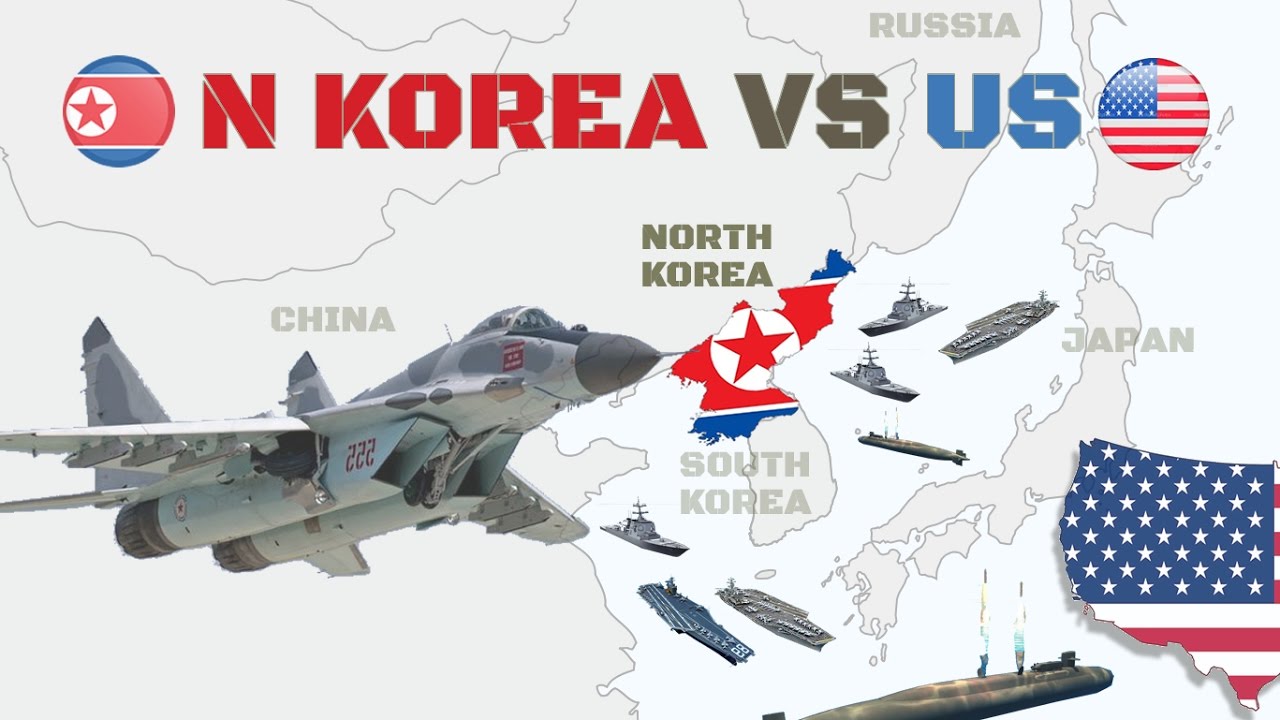
The tension between USA and North Korea (NK) has intensified recently. On April 5th 2017, North Korea, with Kim-Jung-Un in the lead, launched a ballistic missile over the Japanese Sea. This led to the USA to rearm and send naval-force with carrier ships to the Korean Peninsula.
NK sees this alongside with the US-led missile attack in Syria as a sign of aggression, which confirms the belief of NK that it was the right choice to strengthen their nuclear program “to secure its survival”. Furthermore, NK has also publically stated, that if USA pursues a military solution, then NK will respond to any kind of war the USA might wish.
During the spring, NK kept launching test-missiles and USA continued to rearm their presence in Asia and held multiple military drills together with South Korea. The disagreement has now turned into a conflict leading to sanctions and embargo against NK.
In the beginning of September 2017, the UN’s Security Council agreed on the “toughest sanctions in history against North Korea”. Primarily, sanctions on import of oil and export of textiles are sanctioned and the issuance of working permits to North Korean guest workers is now illegal (guest workers play an important role in financing the North Korean economy) – NK finds these sanctions illegal. As a countermove to the public sanctions, the UN ambassador of NK states that these actions “will make USA suffer the biggest pain, the country has ever experienced”. The US’s UN ambassador Nikki Haley declared “that the world will never accept a North Korea armed with WMD”, and the Security Council stated that “if the North Korean regime does not stop their nuclear weapon program, then we will stop it ourselves”.
The Current Strategy:
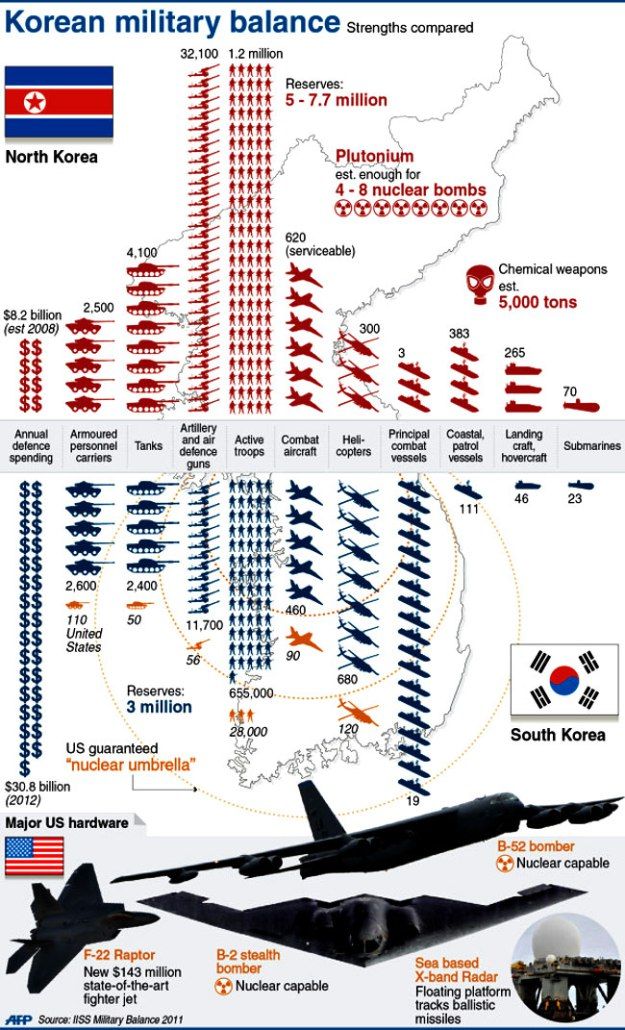
Up until this point both the North Korean and the US administrations have to a large extent followed mindset where egoism and power centrism are the focal-points and the international order is dominated by uncertainty and self-help. Both NK and the USA’s political behaviour have been driven by self-interest and they are both power and security maximizing using military as their preferred tool of action i.e. launching missiles and beefing up its military presence in Asia.
The two outcomes to be expected from the current strategy is either an unstable nuclear power in NK or a large-scale war on the Korean Peninsula, which will have fatal consequences for humanity.
Analysis:
In the following section, Trump’s reorientation will be divided into four possible solutions and analysed.
Intervention:
An important mean to strengthen peace and maintain a somewhat balanced international society is through spreading democracy. The tool to achieve this is through intervention, even if it means showing aggressiveness towards non-liberal states. Trump could choose an all-out American invasion of NK, overthrow the regime and restructure the entire country and its system. An intervention on this scale would be extremely costly, not only financially, but also in terms of lives. It would demand boots on the ground and cause thousands if not millions of casualties. Two positive side effects of this strategy are, it will eliminate NK’s nuclear capabilities and liberate the oppressed citizens from the dictatorship. Overthrowing the regime could result in a failed state that the USA would have to govern for at least a generation. However, if USA is forced to intervene they should have a minimum of respect towards the international community, seek to minimize the casualties and they should to strive to avoid boots on the ground and their combatant causalities that follows such type of warfare. Furthermore, one could question “whether a country should be destroyed completely in order to be saved?”.
Cork and Screw Method:
The purpose of the second strategy is to exercise strategically limited aerial strikes and special operations where the administration would target Kim Jong-Un’s nuclear and missile development infrastructure. As with the previous strategy, this is a very hands-on military operation, where conflicts are solved using military rather than via peaceful cooperation and interdependence. However, NK could interpret this as a declaration of war and choose to retaliate military and cause great damage.
Fix the head first:
The third strategy is a decapitation strike meaning removing the leadership of NK using military strength. It is neat in theory, but very hard in practice and it could possibly trigger a nuclear counter attack.
Some liberalists believe that there is a “presumption of liberal thought” where states possess some autonomy/sovereignty over their own country and should not be subject for foreign interference.
Decapitation could be a possible step to a democratization of NK and according to the Democratic Peace Theory: Democratic states do not go to war against each other because of cooperation and economic interdependence.
In the long run, NK could carry-out a democratic election and choose a more transparent government that works towards a democratic state who follows the rule of law, interact/ cooperate and trade with the rest of the international society and one day could be part of the liberal zone of peace.
Rosa Sejer Ingstrup Knudsen
About the Author:

Rosa Knudsen is a political science student at the University of Copenhagen. Passionated by Strategy and Geopolitics she published a scientific article regarding the dispute in the South China Sea.

